Baby animals are so cute and fun to watch. The baby elephant
weighs more than most adult humans, has almost little or no fur, loves to
play in dirt and mud, and despite these facts, is one of the cutest and most
adorable of all baby animals. Enjoy! :)

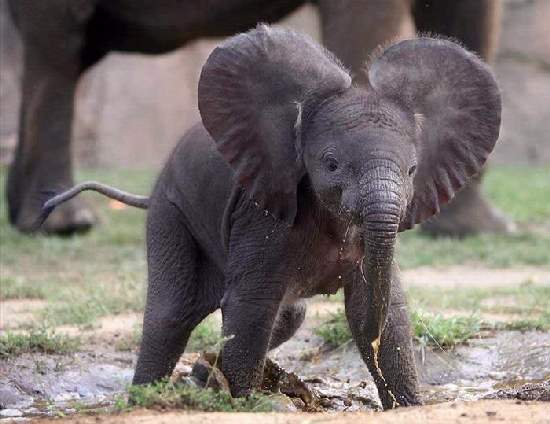
An elephant calph weighs around 250 pounds when born.
Females mature around 11 years and stay in the group, while the males are
between 12 to 15 before they are expelled from the maternal herd.
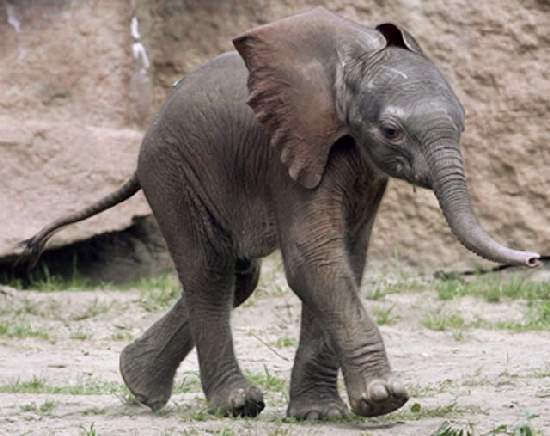
Elephants are some of the most intelligent animals on Earth.
Their brains weigh 5kg, much more than any other land animal, and have more
complex folds than all animals except whales. We are easily
endeared to them because they show many of our own expressions of grief,
humor, compassion, co-operation, self-awareness, tool-use, playfulness, and
excellent learning abilities.
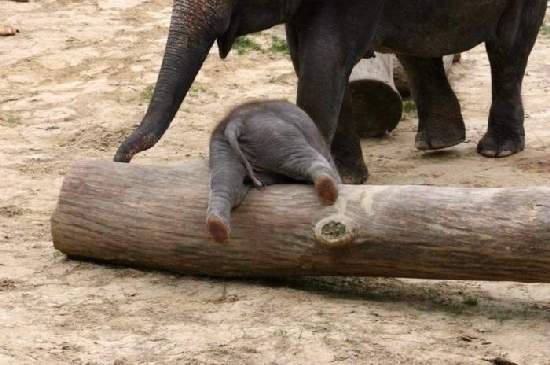
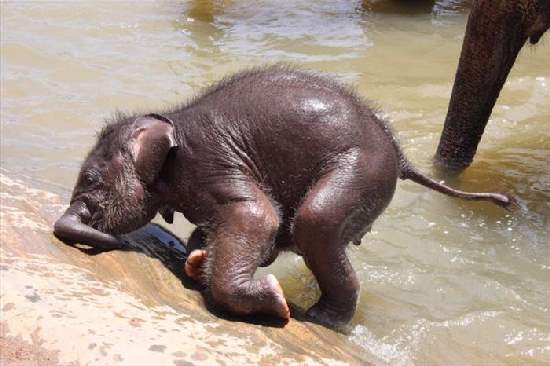
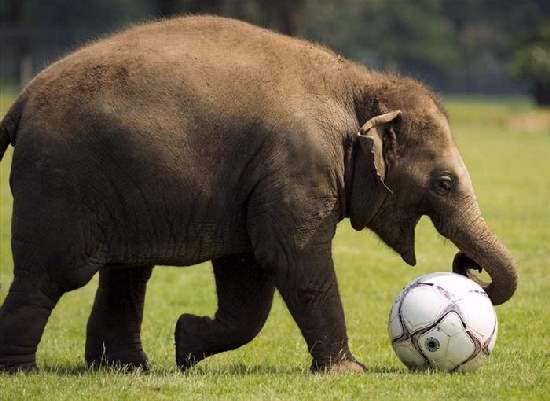
An elephant in Korea surprised its zoo keepers by independently learning to
mimic the commands they gave it by verbalizing on the end of its trunk,
successfully learning 8 words and their context.
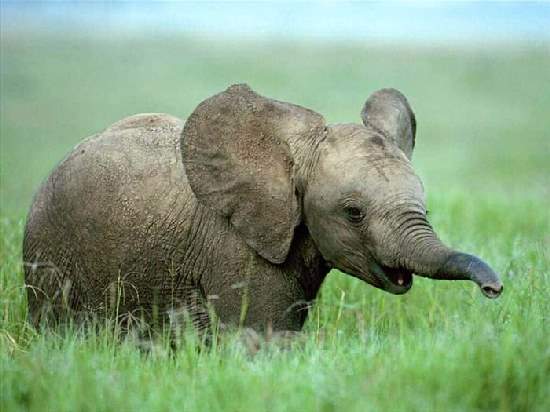
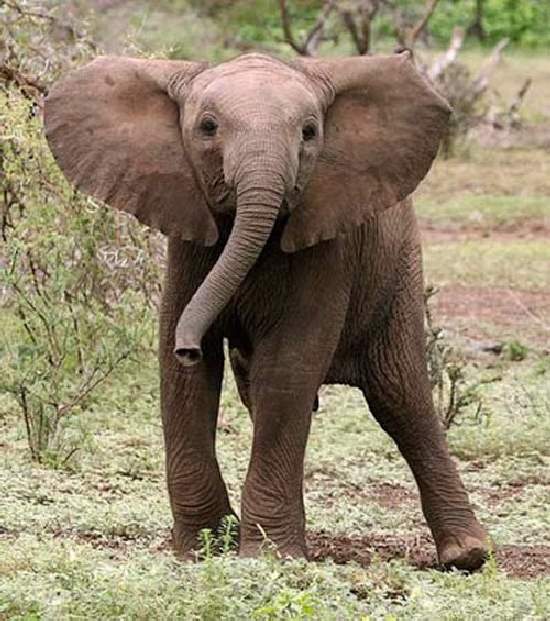
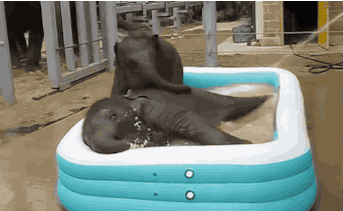
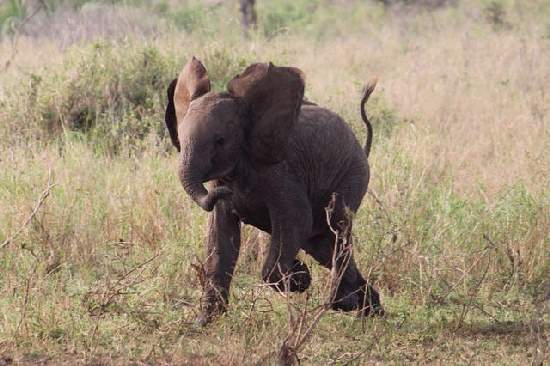
The elephant trunk is their specialized nose. It's like an octopus tentacle
in terms of its dexterity, allowing a high degree of manipulation of objects
making elephants adept at using tools. Elephants have been taught to paint with
their adroit trunks and produce some fascinating artwork. In captivity, elephants
easily learn how to open simple locks and many master more complex ones, something
impossible for most other animals due to a lack of dexterity and intellect.
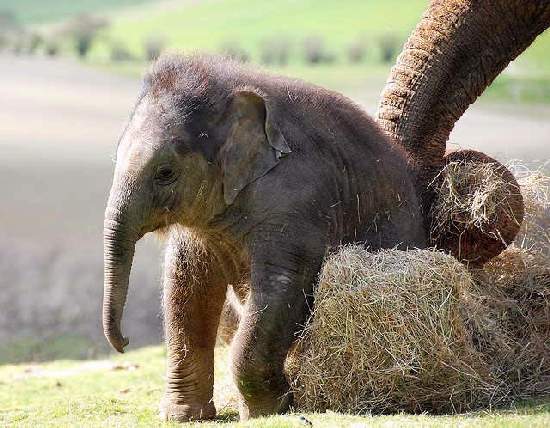
Elephants in zoos often work together to take advantage of this by having ones act
as lookouts as another undoes the lock. In one instance an elephant feigned injury
so as to distract while another elephant helped the others escape. Once all of them
were out, the distraction elephant climbed to its feet and ran for the door,
surprising its tenders who had been unaware of the crafty ruse.
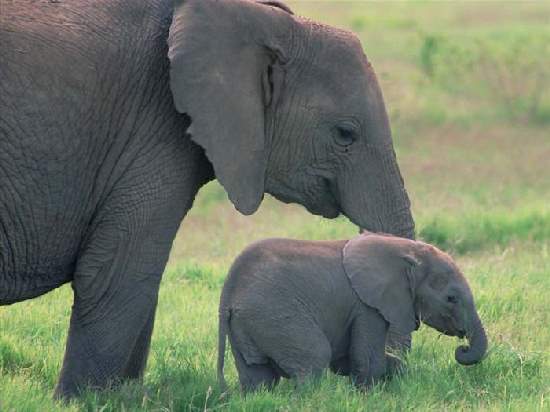
Female elephants live in a herd of about 10 individuals lead by the most
experienced matriarch, whereas the males are normally solitary and move
from herd to herd. The females in each herd help each other find food and
care for calves.
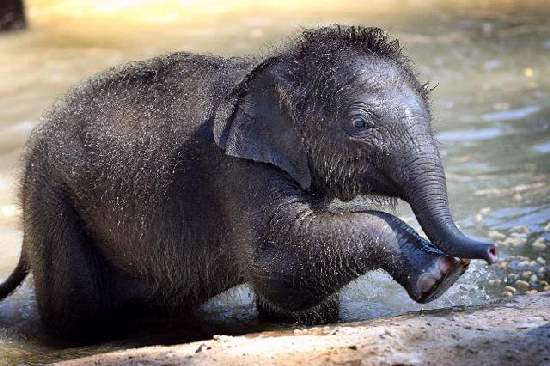
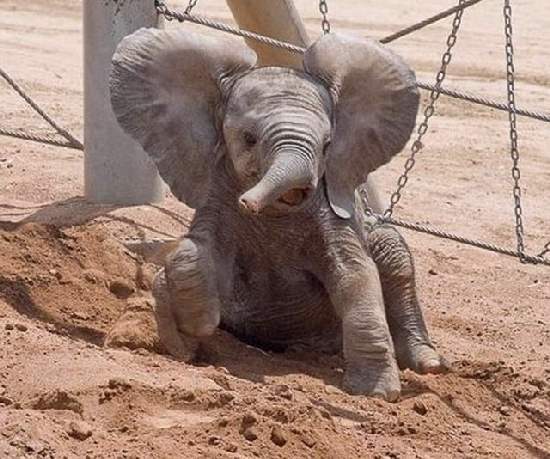
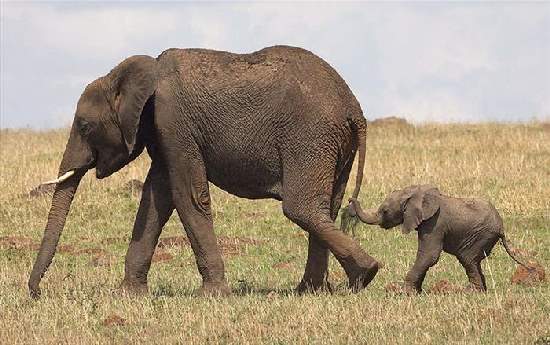
Adults do not lie down to sleep because of the excellent support their very
straight legs give them. Elephants communicate within their herds or between
herds many kilometers away mostly using sounds too low for human ears to perceive
and by stamping their feet. Within their herds, elephants are believed to have
the same or similar levels of co-operation as chimpanzees.
|
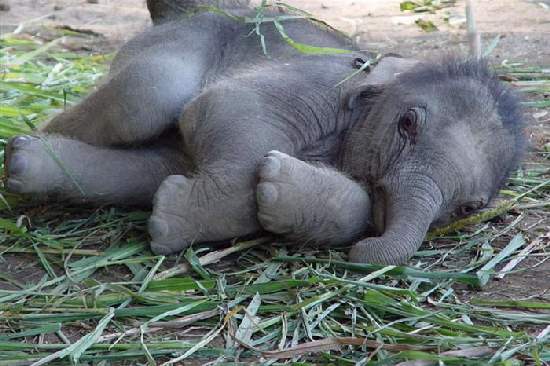
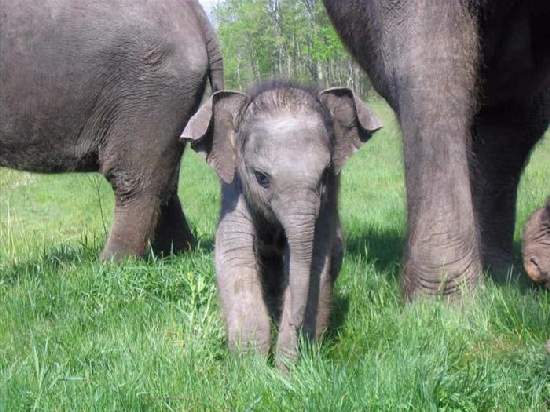

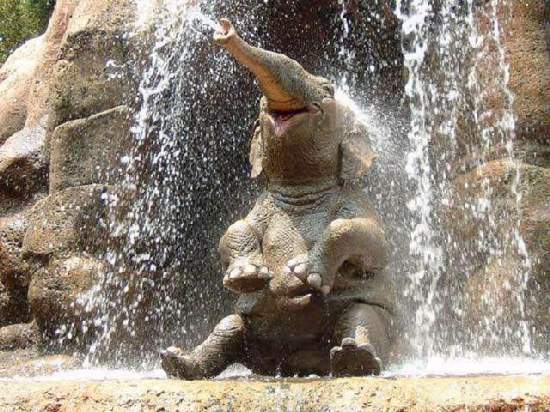
A young elephant must learn how to draw water up into its trunk and then pour
it into its mouth.
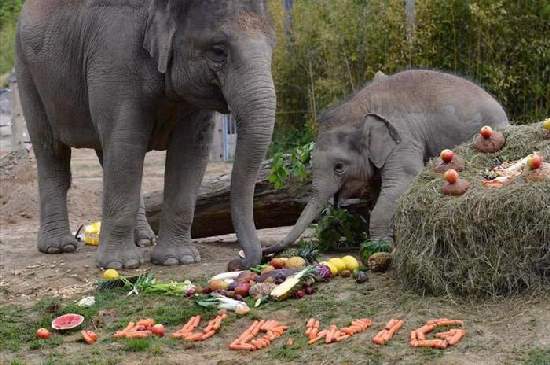
Of all the elephant's specialized features, the muscular trunk is the most
remarkable. It serves as a nose, a hand, an extra foot, a signaling device
and a tool for gathering food, siphoning water, dusting, digging and a variety
of other functions. Not only does the long trunk permit the elephant to reach
as high as 23 feet, but it can also perform movements as delicate as picking
berries or caressing a companion. It is capable, too, of powerful twisting and
coiling movements used for tearing down trees or fighting.
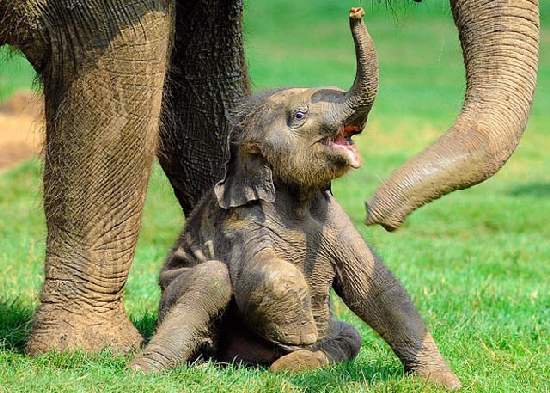
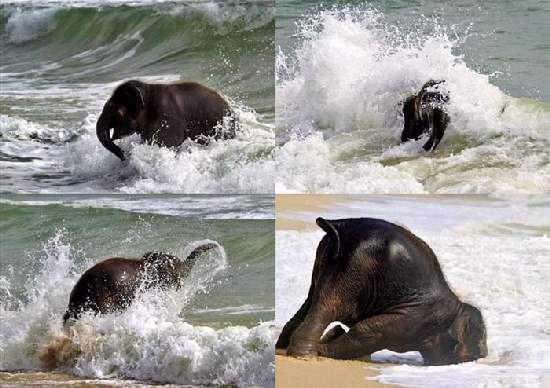
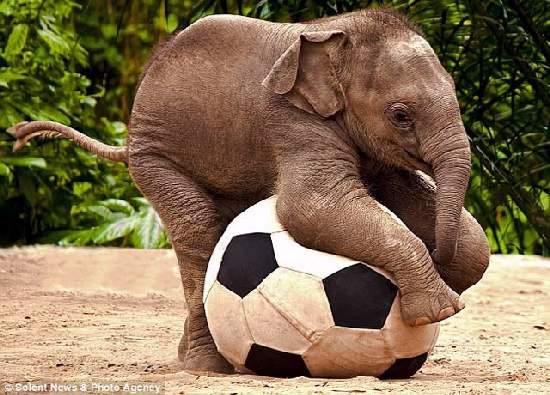
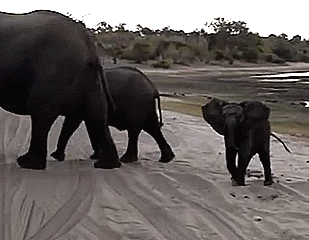
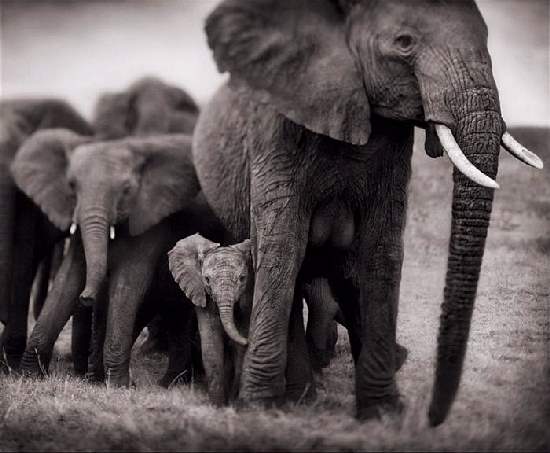
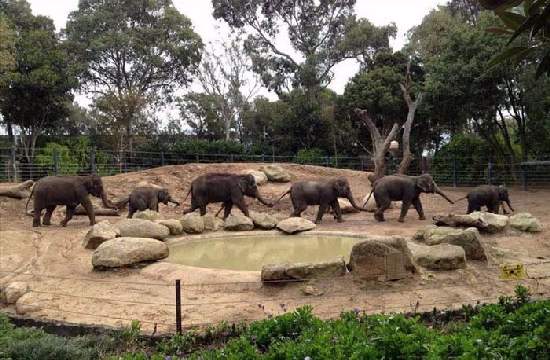
An elephant herd is considered one of the most closely-knit societies of any
animal. A female will only leave it if she dies or is captured by humans. Males
will leave the female herd as they become adolescent and live in temporary 'bachelor
herds' until they are mature and live alone.
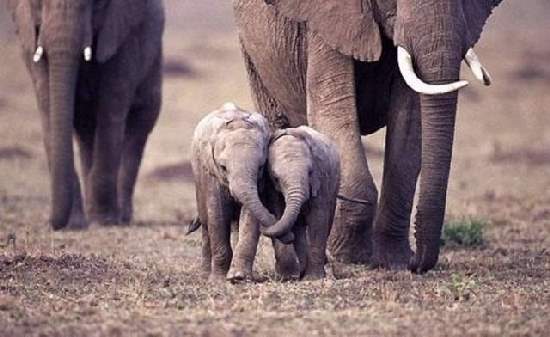
An elephant female is fertile for only a few days each year. During this time,
males will try to court her by using rituals involving various affectionate
gestures and nuzzles. If she accepts one, she will respond with similar gestures
and after 20 minutes or so of a courting ritual they will mate. If she conceives,
she will be pregnant for 22 months, longer than any other land animal.
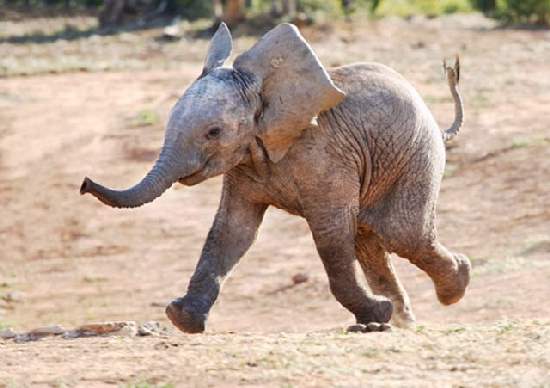
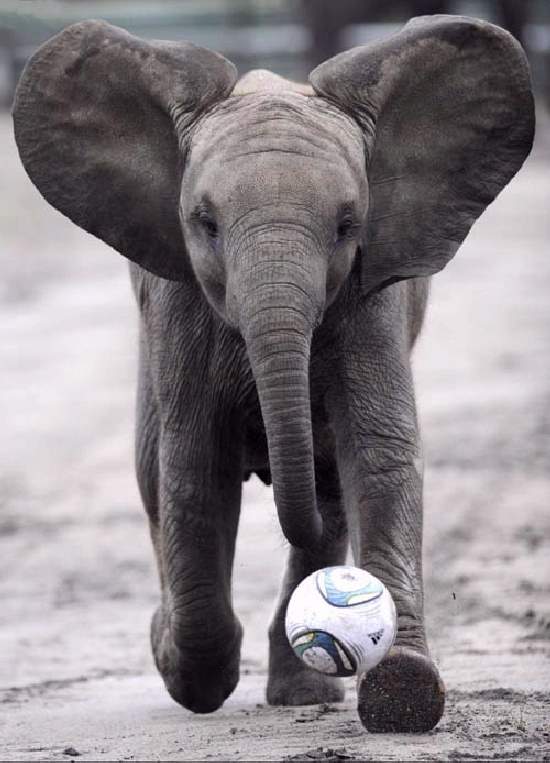
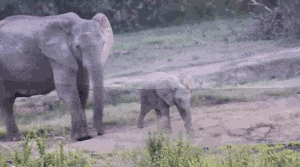
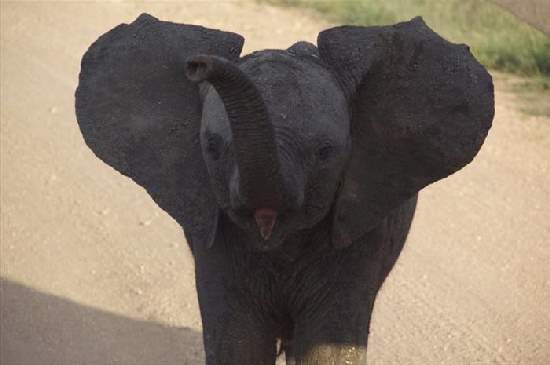
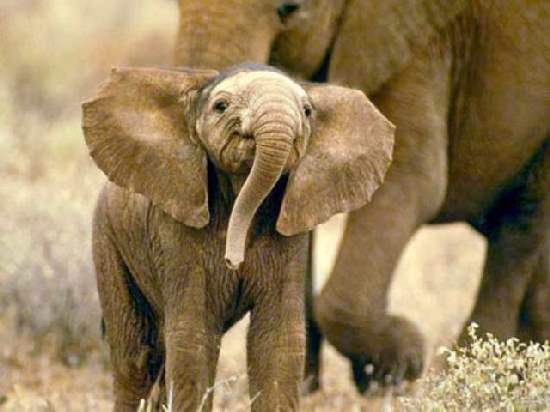
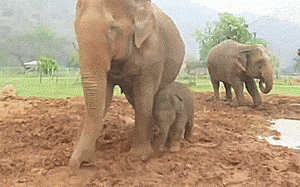
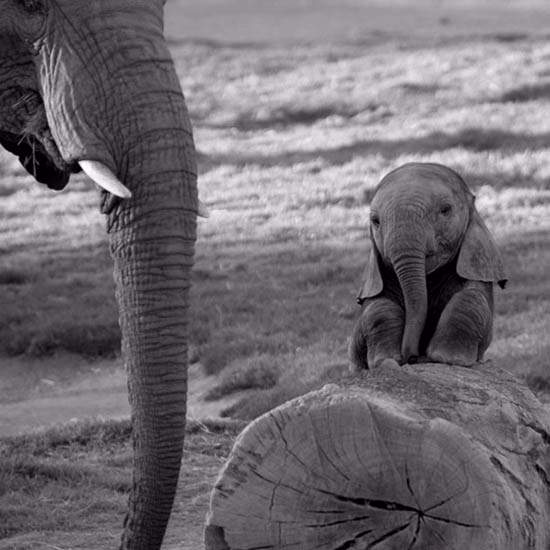
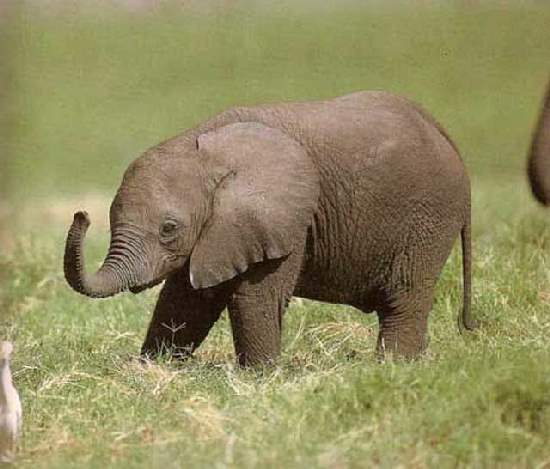
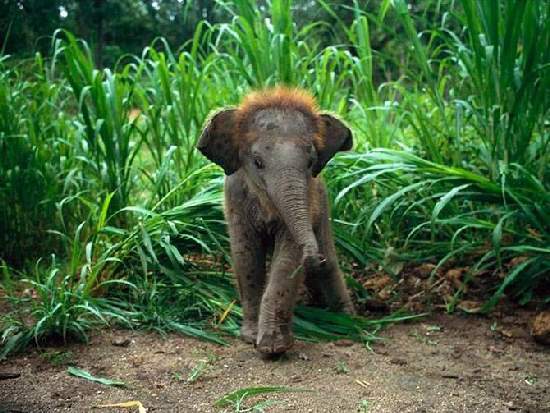
Nature's great masterpiece, the elephant.
|

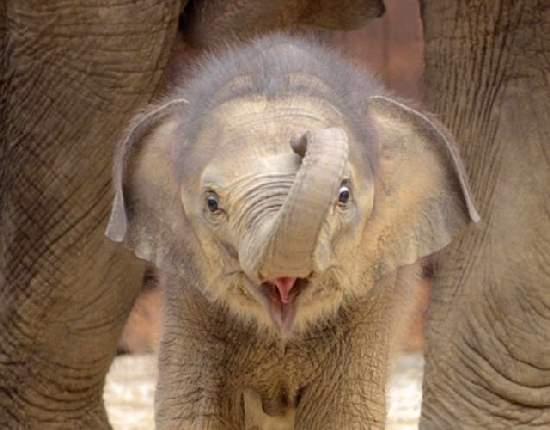


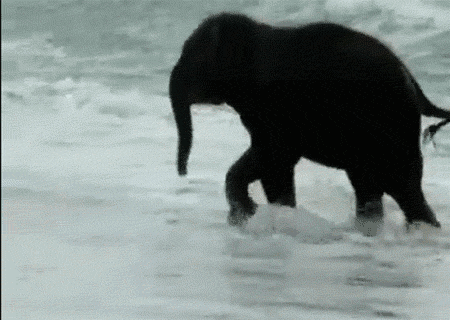



 -To SHANGRALA-
-To SHANGRALA-



































